By Christopher Reynolds, Los Angeles Times
We’re going to talk about Carpinteria’s beach, its tar, its weed, its avocados, its tallest pine tree and the herd of alpacas in its hills. But first I should admit that I’m biased.
This little beach town between Ventura and Santa Barbara is where my wife and I spent our first two years of married life, strolling the coastal bluffs, biking the back roads, eating enchiladas on Linden Avenue and reading the local weekly’s misdemeanor-filled police blotter.
Now we live in Los Angeles, where the police blotter is a different kettle of fish. So every time we find ourselves on the way back from a trip north, we do our best to wedge in a day, or half a day, or even an hour, to reconnect with the town locals know as Carp.
Despite its many obvious charms, Mary Frances said the other day that Carpinteria “is not really on everybody’s radar. I like that farmland-meeting-ocean thing too.”
After so many quick stops, it was a luxury to spend two September days and nights in town. The stay made clear how much has changed in Carpinteria (population 12,950) and how much hasn’t.
The greatest constant is Linden Avenue, the main street that takes you down to the water’s edge, serving as the heart of town and subject of elementary school history projects. Its commercial core is a stretch of eight blocks from Carpinteria Avenue to the beach that’s highly walkable — except for when an Amtrak train rolls in, pauses for a moment, then rolls out again as kids and parents wait on the sidewalk, covering their ears.
Carpinteria City Beach, where Linden ends, is a lifeguard-monitored haven of gentle waves that local boosters for decades have called the “world’s safest beach.” A couple of volleyball courts are laid out on the sand to the left. Beyond them wait the open space, campsites and mile-long shoreline of Carpinteria State Beach, a dominant presence since the 1930s.
Another Carpinteria constant, at least since the 1980s, is the biggest event of the year: the California Avocado Festival, created to capitalize on one of the many fruits that thrive in the local climate. This year’s festival is coming up Oct. 6 to 8, with live music on four stages and a guacamole contest.
One thing we love about Carp is that downtown still feels like a place for flip-flops and beach cruisers, which seems ridiculous, given the median home price of $1.3 million and the row of beachfront mansions out on gated Padaro Lane whose owners have included George Lucas, Kevin Costner, Ellen DeGeneres, Portia De Rossi, Ashton Kutcher and Mila Kunis.
But I’ve never seen those mansions, except at a distance from the beach.
In town, you’ll find two Motel 6s (we like the one on Carpinteria Avenue), one Best Western, one Holiday Inn Express, a few independent budget hotels and zero fancy resorts. At the Spot, a cash-only shack that’s the nearest eatery to the beach, you can get a burger for $6.
Amtrak’s Pacific Surfliner trains stop five times daily at 475 Linden Ave., but there’s no train station, just a platform, a parking lot and public restrooms.
That said, the town is definitely changing.
On Carpinteria Avenue, a skate park opened in August next to City Hall. A farm-to-table restaurant called the Good Plow has taken over the old Fosters Freeze space. In coming months, the Santa Cruz Island Foundation’s Chrisman California Islands Center, a public education space devoted to the eight Channel Islands, is due to open at Linden and Carpinteria avenues.
On the southern side of Linden, workers are putting up a mixed-use development of shops, restaurants and services on the block where the old hardware store stood for about a century.
On the northern side of Linden, where the Palms restaurant for generations invited diners to grill their own steaks, the front door is now locked, closed since the early weeks of the pandemic. But in June, a restaurateur from New York bought the Palms. The neighbors are crossing their fingers.
Meanwhile, along Foothill Road (a.k.a. California 192), a wave of cannabis cultivators has moved into the nursery fields once dominated by flower growers. Here and there along Foothill you’ll sniff that skunky weed scent, including the area around Carpinteria High School.
To start a vigorous conversation among locals, just bring that up.
Or sidestep the vigorous conversation and take a bike ride on the bluffs south of town. Or a walk in the Carpinteria Salt Marsh Nature Park just north of town. Or book a visit to the Canzelle alpaca farm in the foothills (see below), where you may be permitted to feed an alpaca via mouth-to-mouth carrot transfer.
Then meander on Linden. Browse Rincon Designs surf shop (which rents boogie boards, surfboards and wet suits), check out art and crafts at Seaside Makers Collective or fondle old records at Murphy’s Vinyl Shack, where owner Kevin Murphy was cranking Van Morrison when I stopped by.
The pandemic was tough, but “Linden is a happening street nowadays,” Murphy told me. “There’s a family atmosphere here. My kids come here — they’re in their 30s — and they say this is like a ‘Twilight Zone’ episode. A throwback.”
Alas, there’s no Carpinteria Herald police blotter to read these days. The Herald died in the ’90s. But its successor, the Coastal View News, still sends reporters out to do person-on-the-street interviews. That’s what one lady on Linden Avenue thought I was doing when I showed up on the sidewalk with notebook and camera.
“Are you the guy that asks questions?” she said, blocking my path.
Um, yes?
“No,” she said. “The guy from the Coastal View News?”
I tried to let her down gently.
Here are 17 things, new and old, to do in Carpinteria.
- Forage for treasure at Angels Antiques – The house dates to 1894. The business — some junk, some antiques and scores of old surfboards, mostly hidden behind a tall hedge — goes back to the 1980s. Wayne Babcock, a lifelong surfer and picker, presides over the tantalizingly random collection, offering aloha shirts for $10, gas cans, license plates, religious statuary and (when I visited) a memorably inexpert oil painting of Jimi Hendrix. The shirts are in the front yard, the boards in back.
- Nuzzle an alpaca on a hillside ranch – If you head into the Carpinteria Valley foothills, you’ll be in a new green realm, a world removed from the beach. And if you book an hour’s visit to Canzelle Alpaca Farm, you’ll find yourself on a 20-acre hillside property where a dozen furry creatures with tiny heads stand in enclosures next to a tall, red barn. These are the alpacas, cousins to the llama, friendly to most people. More than 40 live on the ranch, along with two llamas, one black sheep, one water buffalo and a peacock. Guided tours are available.
- Walk the bluffs and see some seals – The bluffs have been part of Carpinteria’s atmosphere more or less forever, and they’re a spectacular place to stand at sunset. But because much of the land has been owned by oil companies — and a hefty chunk still is — public access was vague and iffy for a long time. Happily, a community campaign to acquire and protect the area succeeded in 1998, with 52 acres being set aside as the Carpinteria Bluffs Nature Preserve. There’s room to walk or bike across meadows and stand atop eucalyptus-shaded cliffs looking down at a bit of beach that serves as a seal sanctuary even though it’s right next to an oil platform. If you make your way to the public beach or Tar Pits Park, you’ll eventually come across bits of tar underfoot. This is where the area’s Chumash people caulked their canoes, and the seepage is why Spaniards later nicknamed the place “the carpenter shop.” In the town’s early days, an asphalt mine operated here.
- Stalk birds in a salt marsh – The Carpinteria Salt Marsh Nature Park, a damp, peaceful, bird-friendly zone, separates the northern end of Carpinteria from the rest of the world. It was protected and developed as a park area about 25 years ago. Visitors can roam the 1.2-mile trail and look for egrets, ducks, curlew and other water birds. The nature park, which includes a short bridge over Franklin Creek, is part of the larger Carpinteria Salt Marsh Reserve, managed by the University of California.
- Camp by the shore at Carpinteria State Beach – How many state beaches sidle right up to a town’s main street? And how many of them have four campgrounds, a mile of beach and famously gentle waves? This is why Carpinteria State Beach’s campsites book up fast every summer, filling up with tents, trailers and motor homes. But the rest of the year, especially midweek, the competition isn’t as stiff. Try to get down to the beach around sunset so you can watch the dancing shorebirds throw long shadows. If you’re lucky, a few dolphins will swim close to shore and flash their fins.
- Learn a little valley history – A block off the main drag, the charming Carpinteria Valley Museum of History lays out a lot of local history, including displays covering the native population, agriculture, education, asphalt mines and the oil industry. On the tour I joined, museum vice-president and docent Frank Crowe offered a tip for beach-walkers from out of town: Use Crisco to remove tar seepage from your toes afterward.
- Order the pancakes at Esau’s Cafe – The Esau’s theme is surfing, and the owners are local surfers. When I stopped in, the staff had surfer movie masterpiece Five Summer Stories running on the video monitor, and the walls were full of surf this and ocean that. The restaurant serves breakfast and lunch daily from 7:30 a.m. to 2 p.m, and your waitress might be the owners’ daughter. The secret buttermilk pancake recipe is a point of pride.
-
Taste mandarins at the weekly farmers market – The farmers market in Carpinteria makes a great afternoon errand. It’s run by the same organization that stages markets throughout the county, from 3 to 6:30 p.m. Thursdays. The market takes up a block of Linden Avenue between 8th Avenue and Wullbrandt Way. Cars are banished from the city’s main drag, giving visitors an easy opportunity to rub elbows with locals. Goods include Hass avocados, lemons, sapotes, sausage, lamb and mandarin oranges from Buckhorn Canyon Ranch in Fillmore.
-
Roll away on a bike from Gonzo Cycles – Carpinteria cries out for two-wheel travel. The downtown and beach areas are flat as can be, with multi-use trails to the southeast along the bluffs and easy pedaling on Carpinteria Avenue and Via Real. To the northwest, there’s a bikeway connecting Carpinteria Avenue to Santa Claus Lane (where you can get a burger at the Padaro Beach Grill). If you don’t bring a bike, you can rent one from Gonzo Cycles on Carpinteria Avenue. I got an old-school Schwinn for $10 per hour; the shop also has e-bikes that start at $25 for an hour.
-
Sip something cold at Island Brewing Company – Spend a little while in downtown Carp on a sunny afternoon and you’ll notice people veering off Linden Avenue into an apparently industrial block alongside the railroad tracks, headed for Island Brewing, which serves up craft beers and meals in a rehabbed industrial space and patio along the tracks. Live music and a food truck are usually part of the scene on Fridays, Saturdays and Sundays. This being Carp, one of the specialties is house-made avocado honey ale ($7 a pint). If you’re a serious beer geek (and someone else is driving), you may need to compare the Island brews with those offered up at Rincon Brewery on Carpinteria Avenue.
-
Eat at Little Dom’s Seafood – This name will be familiar to anyone who has eaten at the Little Dom’s in L.A.’s Los Feliz neighborhood. Like that one, this is a handsome space outfitted with booths and other old-school details. Seafood dominates here, with a bar in front and a pizza operation in back. (On Wednesday nights, there’s white clam pizza.)
-
Grab a picnic table at the Padaro Beach Grill – It’ll take you a bike ride or short car trip to reach the Padaro Beach Grill from downtown Carpinteria, but it’s worth the effort, especially if you have young children. The grounds feel like summer camp, with abundant grass, a big sandbox, picnic tables, a canopy of palm trees, bistro lights for later, reggae on the sound system and surf rental and lessons offered next door at the A-Frame Surf Shop.
-
Savor the waves at Rincon Point – If Carpinteria State Beach is jammed, try Rincon Beach County Park — it’s often less crowded. It’s only three miles southeast of Carpinteria, perched right on the Ventura-Santa Barbara county line. Most surfers bear left to Rincon Point Beach, famed for its long-lasting, right-breaking waves, which wash up on a narrow, stony beach that’s on the Ventura side of the county line. But that might not be for you. Most families and dog owners head right to the Santa Barbara County side, Rincon Beach County Park, where there are shaded picnic tables, a water fountain, bathrooms, stairs down to a sandier beach. It’s a great spot for a beach walk (with or without dog) or a mild body-surfing session.
-
Pick something sweet at Robitaille’s – Robitaille’s is a throwback treat: An old-fashioned candy store and three-generation family business that makes many of its own sweets, including handmade chocolates. Just entering is like stepping into a circus tent — the first thing you see is the red-and-white checkerboard floor. Then you behold the bins of taffy, the caramel marshmallows, the mints and bubble-gum cigars, the ice cream. Once you’ve chosen your favorite sweets, there are a few toys to consider.
-
Gulp a burger at The Spot – The Spot, the closest Linden Avenue eatery to the beach, looks like it might fall over at any moment. But it’s looked that way for decades. It’s cash only, there’s often a line and all the seating is outside. Burgers are $6, tacos $5, hot dogs $4.75. This is also the only burger joint I know that publishes haiku.
-
Gawk at a tall Torrey pine, maybe the tallest – The towering Wardholme Torrey Pine, the city’s most famous tree, is also Carpinteria Historical Landmark No. 1. Transplanted from Santa Rosa Island in 1888, the tree has grown to about 130 feet — about 100 feet higher than the average Torrey pine. Not that there are many average Torrey pines on hand to measure. The species, now rare, is found mostly on Santa Rosa Island and on the northern coast of San Diego County.
-
Dine at Zookers – I asked three locals where I should have dinner. Everybody mentioned Zookers, which sits in a Denny’s-like location at a busy corner of Casitas Plaza, neighbored by Starbucks and an Albertsons market. So I went. And that dinner was good. First gazpacho (because it was a hot day), then roasted pear salad. The menu leans toward seafood and Italian, served in a date-appropriate dining room lined with bold-colored contemporary art. Dinner main dishes run $19 to $33.
Plan your adventures throughout the West Coast at westcoasttraveller.com and follow us on Facebook and Instagram @thewestcoasttraveller. And for the top West Coast Travel stories of the week delivered right to your inbox, sign up for our weekly Armchair Traveller newsletter!

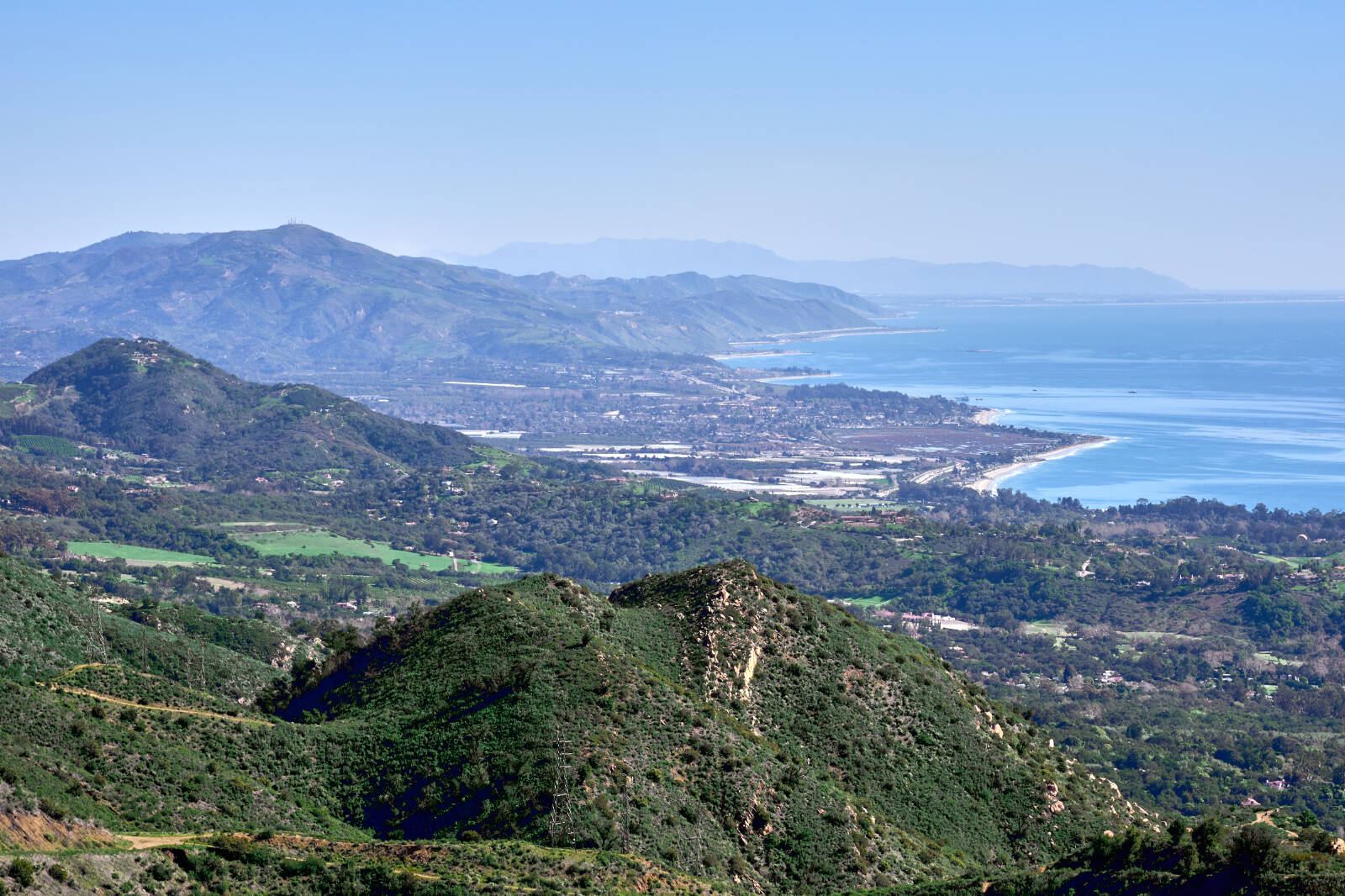


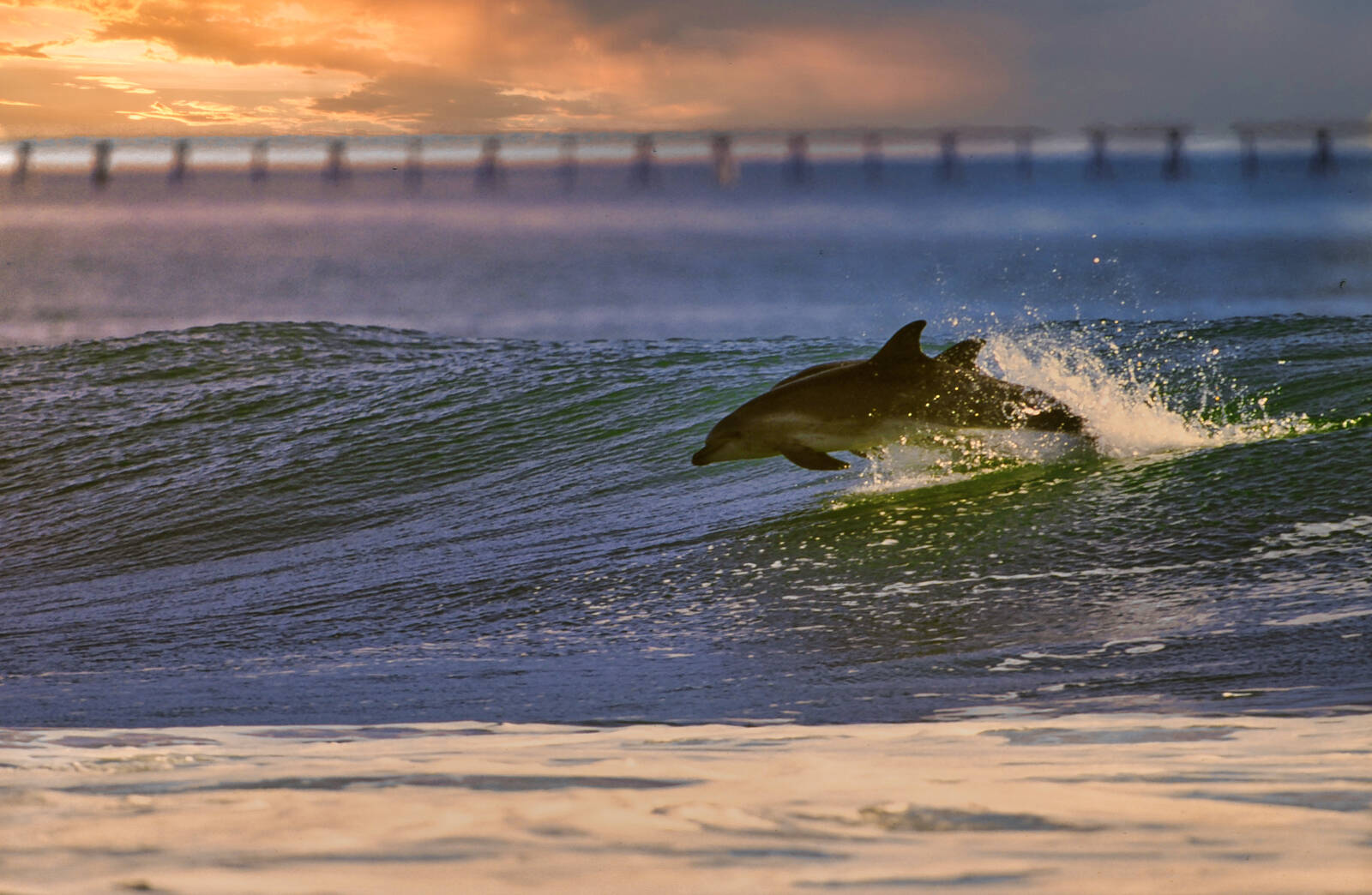
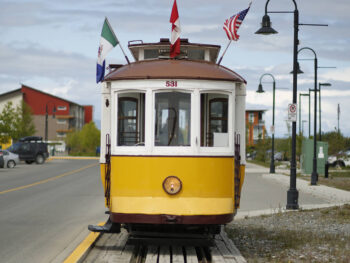
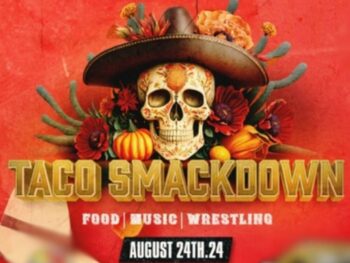

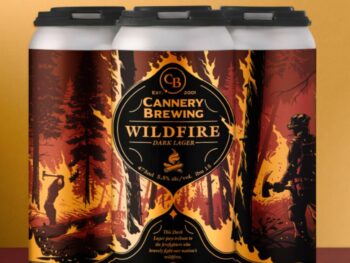

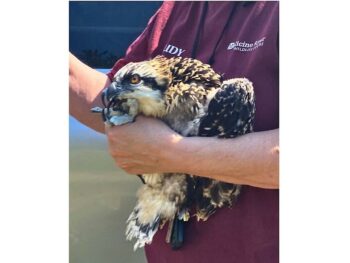
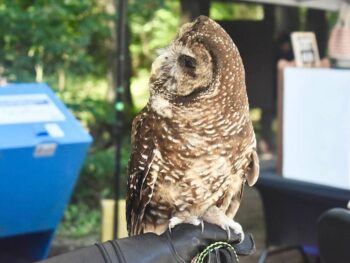

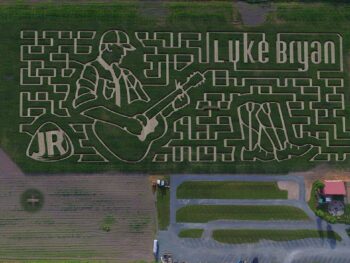
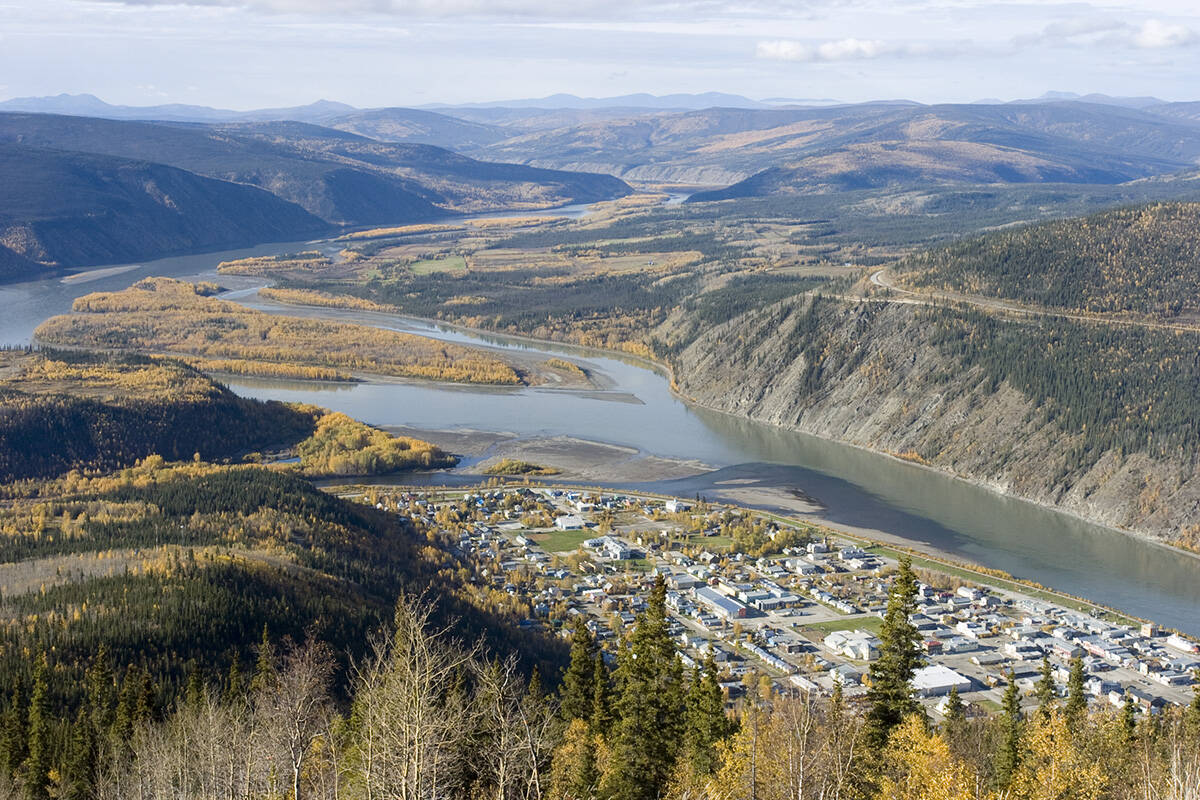 Tr’ondëk-Klondike inscribed on UNESCO list of world heritage sites
Tr’ondëk-Klondike inscribed on UNESCO list of world heritage sites